Curious if anyone has any tips or web sites to share that show how to do Italian Stucco finishing. I’ve seen it done on interior walls. I’d like to achieve that look in the kitchen of the house I’m purchasing using a rich red color. I’m not sure if you use sponges or brushes or trowels. If anyone has any advice, it would be appreciated. I don’t want to do actual Italian Stucco, just paint to make it look like that, unless someone has some surefire way of doing actual Stucco that is easier. Thanks again.
Discussion Forum
Discussion Forum
Up Next
Video Shorts
Featured Story

Simple air-sealing measures and spray-applied sealant lower energy bills and increase comfort without the need to tear the house apart.
Featured Video
How to Install Exterior Window TrimHighlights
"I have learned so much thanks to the searchable articles on the FHB website. I can confidently say that I expect to be a life-long subscriber." - M.K.
Fine Homebuilding Magazine
- Home Group
- Antique Trader
- Arts & Crafts Homes
- Bank Note Reporter
- Cabin Life
- Cuisine at Home
- Fine Gardening
- Fine Woodworking
- Green Building Advisor
- Garden Gate
- Horticulture
- Keep Craft Alive
- Log Home Living
- Military Trader/Vehicles
- Numismatic News
- Numismaster
- Old Cars Weekly
- Old House Journal
- Period Homes
- Popular Woodworking
- Script
- ShopNotes
- Sports Collectors Digest
- Threads
- Timber Home Living
- Traditional Building
- Woodsmith
- World Coin News
- Writer's Digest
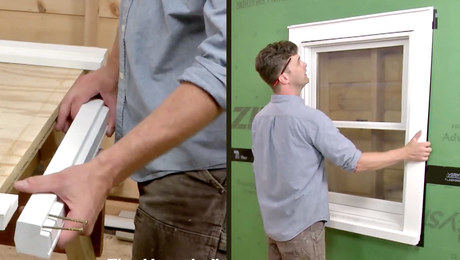
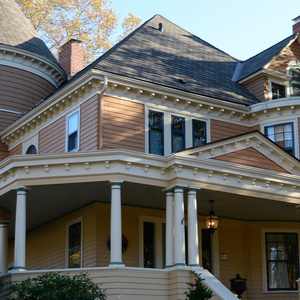
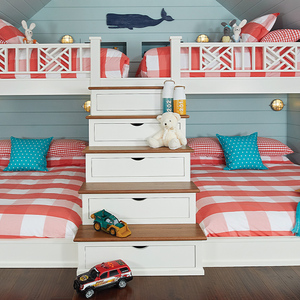
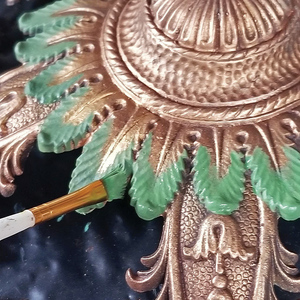
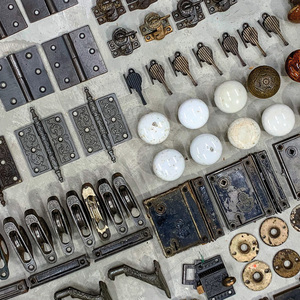







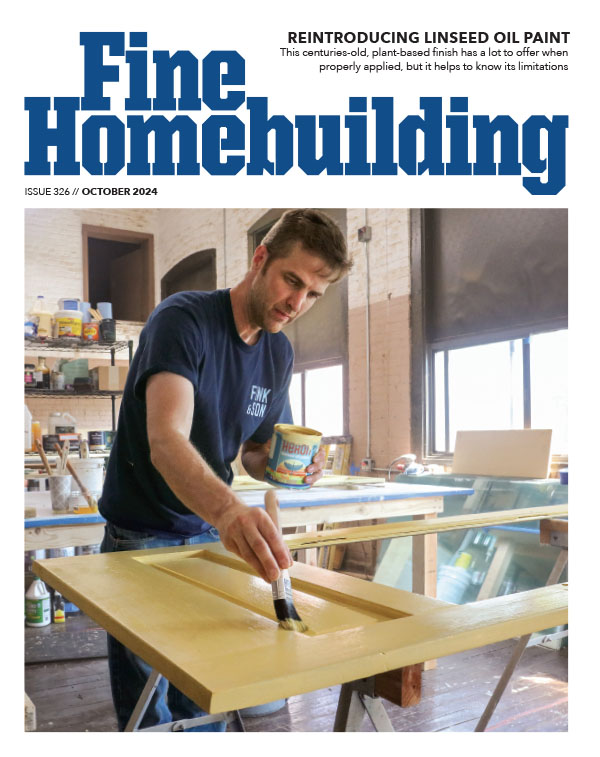





Replies
Are you talking about putting a skim on using that slighly pinkish plaster, or Venetian plaster ?
Phill Giles
The Unionville Woodwright
Unionville, Ontario
Thanks for the reply. I guess what it comes down to is that I have no idea what I'm talking about. I guess I've seen authentic interior stucco demonstrated on Television where they mix dry pigments with plaster and hand trowel it on the wall. I've also seen painted walls that look very similar that didn't require such a technique. I guess I assumed that it was a faux technique of some kind done with brushes or sponges or something. I'm looking for any technique, to be honest with you. I would just like to achieve that look in a rich red color on my kitchen walls. So, any advice you could offer on the authentic or fake technique would be great. Hard to believe I'm actually a carpenter and woodworker. The last two paragraphs I've written make me sound like a Martha Stewart groupie. I hope no one I know reads this.
Go to your local library and get a book on faux finishing.
It will have more stuff than you will ever want to know about that stuff.
Did a kitchen last year on the cheep, and used period mdf trim that I painted a light yellow, and then grained it with a light brown glaze and varnished it. Looked like the maple HD cheepo cabinets I used. It was a rental house, and I couldn't bill anybody for the time, but saved a bunch of bucks.
Bud
The Venetian Plaster Phill mentioned may indeed be what you are thinking of, and it's googleable, http://spatespainting.com/VenetianPlaster/ , among other resources.
I used a "color washing" technique using glazing medium on my dining room walls. After the wall paper and liner were down, I had a quite damaged and dinged surface, which the glazing technique turned to advantage. It is pleasing, and the eggshell finish has a slight gloss. It would work in reddish/goldish/brown tones very nicely. It approximates a Venetian plaster, but does not remotely replicate it.
Edit to add: Here is a good Web resource that includes both Venetian plaster and the color wash technique I used.
http://www.faux-painting-techniques.com/index.html
I rolled on a smooth base coat in my first color. Didn't occur to me that I could have gotten more rustic effect through random brush on of my first coat, maybe I'll try that someday. And I used a brushes similar to the first and third brushes in this link to apply my two glaze coats.
http://www.ehomestore.net/faux_finish_brushes.htm
"Our whole American way of life is a great war of ideas, and librarians are the arms dealers selling weapons to both sides."-James Quinn
Edited 9/27/2003 6:06:44 PM ET by Theodora
There was an excellent article on Venetian plastering in a recent Walls & Ceiling magazine; you can also get a good description of it in the Behr section of your local HD (Behr make a pretty good Venetian plaster materials set) or on the Behr website. I've seen the coloured plaster (geez, I wish I could remember what it was called) done, and I decided that was beyond me, but I can do the Venetian plaster. Oh, I've also done a couple of Ralph Lauren faux looks using their special brushes - linen and chambrey - not bad, but boy does it swallow time. .
Phill Giles
The Unionville Woodwright
Unionville, Ontario
We used a faux finish techique in our 1916 bungalow that looks fantastic and far better than any faux finish I have ever seen, IMO. The end result is very similar to Venetian plaster.
We started with our base coat which was our lightest color. In our case this was a light umber. This was a two coat step. After rolling that on, we applied two wash colors, a moss green and a venetian red. These were applied by rag and greatly thinned by wiping the color into the wall suface. The key here was to "rag" it on but to wipe it out after a bit of drying. This really softens the look. We used three coats eachcolor in this process allowing sufficent dry time in between, although the time was brief because of the whisper thin coats.
After this process was completed, we applied a 1 lb cut of dark garnett shellac with flattener added, again using the same wiping techique, building up some shadow and light areas. The shallac created a wonderful aged look. When it was where we wanted it color-wise, we applied a flat varnish to the entire surface for protection.
unlike a lot of faux finishing I have seen, this techique of multiple coats created incredible depth and a great aged patina. Even if you are trying to achieve a deep red, applying various shades of red using this technique should yield stunning results.
My biggest piece of advice is to create large size samples on drywall before you proceed. That way you can experiment to yor hearts content until you get precisely the color and look you desire.
Edited 9/27/2003 10:14:01 PM ET by pino
I painted my bathroom with different colors and a feather duster. It came out great